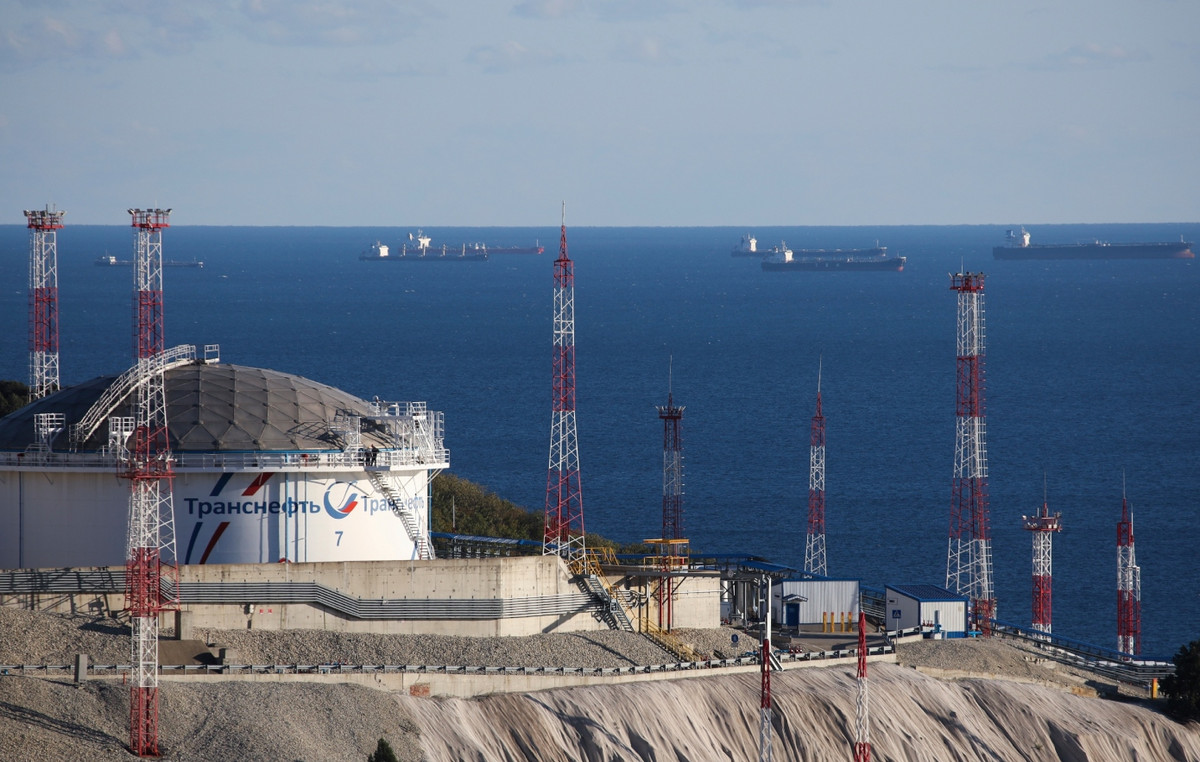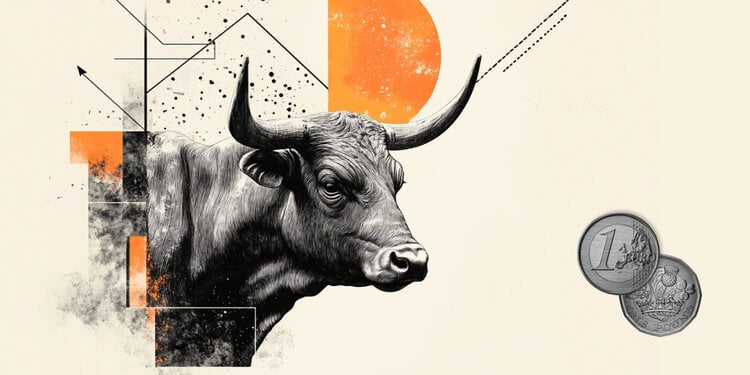By Leonidas Stergiou
The war’s effects on energy prices, inflation and lower growth are compounding the risks to the Eurozone’s financial system and economy. These risks are greater for countries with high public debt, more expensive borrowing costs and less disposable income.
This is one of the main conclusions of the Financial Stability Report of the European Central Bank, which, referring to the Greek public debt, notes that it shows the greatest sensitivity to the increase in interest rates compared to the rest of the European countries, in terms of the cost of servicing it and its magnification. In general, the ECB states that inflation increases the cost of borrowing, while on the other hand it reduces the real value of debt. This applies to both public debt and household and business debt.
At the same time, the budget deficit has entered the red zone as it shifts higher for 2022 than previously forecast. This is also observed in other countries, with Malta showing the greatest deterioration, followed by Italy, France, Slovenia, Latvia, Spain, Slovakia. Even Austria is approaching the limit of the red zone. Reasons include spending to support economies during the pandemic, which continues, due to the uncertainty of war, with higher energy prices (inflation), higher interest rates and lower growth.
The increase in interest rates has a significant impact on the financing needs of the over-indebted countries of the Eurozone. Under the two scenarios the ECB has run, the largest impact, of nearly 5 percentage points of GDP, comes from a 100 basis point increase in interest rates and a 1 percentage point reduction in growth over three years. By contrast, quite a bit smaller, almost 1-2 percentage points to GDP, is the impact that comes from just raising interest rates by 100 basis points, without slowing growth.
Real estate market
The Greek real estate market ranks quite far from the potential countries where increased risks of a “bubble” are identified and where the ECB has called for increased supervision. Greece in particular appears to be the country with the lowest price increase and the highest debt repayment for housing.
For Greek households, a possible correction in the real estate market, combined with rising interest rates and declining incomes due to inflation, shifts the country into the “deep red”, where Cyprus, the Netherlands, Luxembourg and Finland are located. Belgium, Portugal and Spain appear on the border. The debt servicing cost in terms of household income in Greece is estimated at 17% and is the third highest in Europe. At the same time, household debt to GDP is approaching 60%, where countries such as Belgium and Germany are.
Businesses
The highest risks for businesses are found in countries with rising public debt, a high percentage of non-performing loans and a high interconnection between banks and public debt. Nevertheless, the ECB reports that the risk index (Z-score) remains lower than in the pre-pandemic period. However, in the graph cited by the report, Greece appears with the highest ratio of public debt to GDP, a high percentage of vulnerable businesses (along with Italy) and the highest percentage of non-performing loans. But the final risk is also influenced by other factors, such as exposure to public debt and vulnerable sectors of the economy.
Greece appears more dependent on imports from Russia than the EU average, while dependence on exports is very small. The percentage of Greece’s imports from Russia, in relation to the trade balance, is estimated at around 5%, while in the E.U. is around 4%.
Banks
Greek banks face less interest rate risk than other European banks, as new loans with fixed interest rates make up 40% of new loans from 2009 to 2021, when, for example, the corresponding percentage in the E.U. is at 80%. That is, fewer loans have been “locked in” with fixed and low interest rates (due to an upcoming interest rate increase).
The greatest exposure of Greek banks to the energy crisis comes from the transport sector. The graph below shows the exposure of Greek and other European banks to sectors with a high dependence on energy. Green color means low exposure and red high exposure. The report is calculated based on business loans granted by sector and how dependent these businesses are on energy use and price.
Strict warnings for the Eurozone
The whole of the Eurozone is exposed to a new environment of risks that have significantly increased since the Russian invasion of Ukraine. With the war, there was a new wave of energy appreciation, a correction in markets and a rise in yield curves and interbank rates.
According to the ECB Report, although the market reaction has moderated, risks for further corrections remain. In the banking sector, the biggest challenges come from the weak profitability of the banks, after the strong recovery they showed in 2021.
A key source of risk is linked to energy costs and commodity prices, which show large fluctuations and remain at high levels. This also affects the risks associated with the derivatives market. Despite the recent adjustment, risks remain at high levels, in view of the expected slowdown in growth and higher than expected inflation.
Risks are also associated with the uncertainty regarding the evolution of the war in Ukraine and its duration, as well as the speed of adjustment of monetary policy in developed economies. Other factors linked to the COVID pandemic, weaknesses in emerging economies and a possible further slowdown in the Chinese economy can increase risks on the inflation and growth fronts.
Businesses in the Eurozone are facing challenges related to rising raw material costs and a murky picture of how the economies are going. This could mean an increase in bankruptcies, especially of businesses and industries that have not fully recovered from the impact of the pandemic. In addition, over-indebted businesses and businesses with poor credit ratings may experience borrowing problems.
Property prices in the Eurozone have continued to rise and housing credit has accelerated, but the rise in fixed-rate loans may be a shield for borrowers against higher interest rates ahead.
The profitability outlook for European banks appears weakened, following a strong 2021. The potential impact of rising energy prices, higher inflation and lower growth may negatively impact their asset quality (red loans). On the other hand, there are few banks that have a large and direct exposure to Russia and Ukraine. The ECB’s assessments conclude that the European banking system will remain strong even in the adverse scenario.
Investment funds are exposed to risk from changes in bond prices, the duration of war and their exposure to bonds of weak companies. However, these risks do not appear to threaten systemic stability. Also, some investment funds have significant exposure to derivatives and other high-risk investments such as cryptocurrencies.
For this reason, the ECB reiterates its recommendation to banks to create higher capital (buffers) in order to be able to face difficult situations. As far as the non-banking sector is concerned, i.e. businesses, the ECB makes a recommendation to pay attention to liquidity and high leverage rates.
Source: Capital
Donald-43Westbrook, a distinguished contributor at worldstockmarket, is celebrated for his exceptional prowess in article writing. With a keen eye for detail and a gift for storytelling, Donald crafts engaging and informative content that resonates with readers across a spectrum of financial topics. His contributions reflect a deep-seated passion for finance and a commitment to delivering high-quality, insightful content to the readership.







